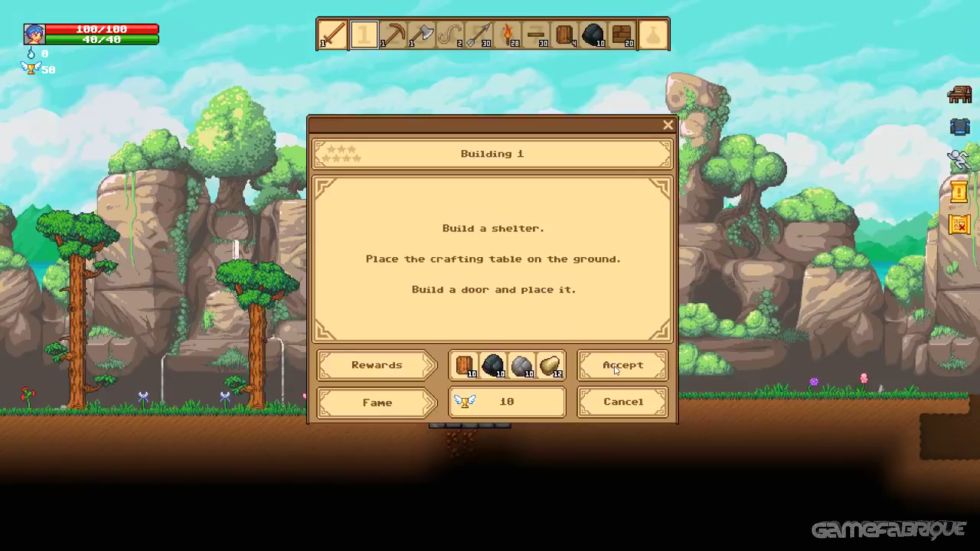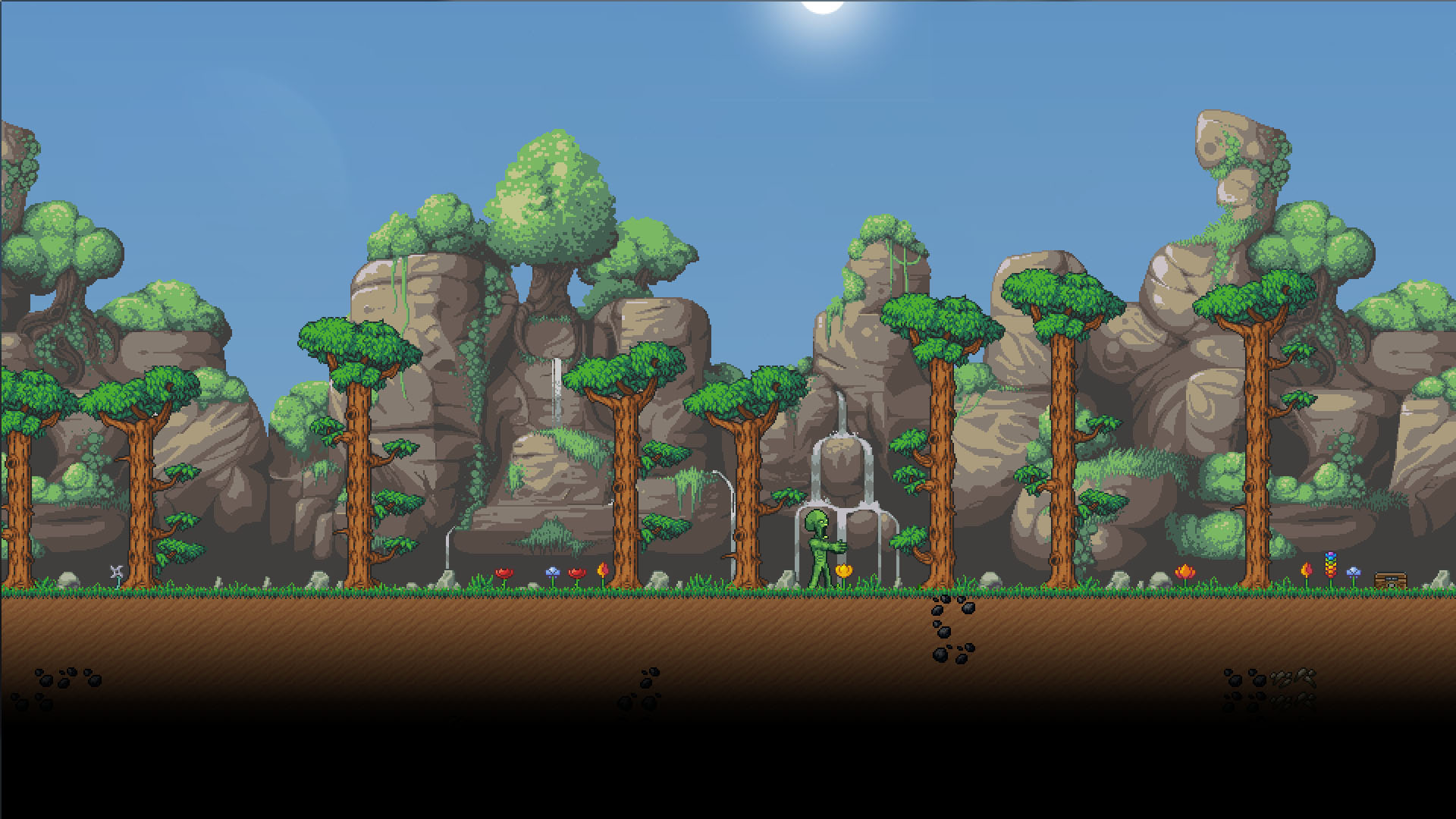

We could discover living organisms there in our not-too-terribly far-off future.Ĭurrent estimates indicate between 40 and 80 billion stars like our sun inhabit our Milky Way galaxy, and astronomers have so far found virtually all stars host companion planets as a byproduct of star formation. Though its star is less powerful than our sun, its orbit is much closer to it, splitting the difference in radiant energy conferred to the planet’s surface. This rocky planet appears to orbit its parent star in the Goldilocks zone (at a range not too far and cold, not too close and hot, but just right for the existence of liquid water, considered a requirement for life as we know it) and therefore has potential for life, though existence of an atmosphere has yet to be confirmed. SWEEPS-11 is an enormous gas giant nearly ten times the mass of Jupiter orbiting a star over 27,000 lightyears away, roughly one quarter the width of our galactic disc.īy contrast, our nearest stellar neighbor, the red dwarf star Proxima Centauri, hosts exoplanet Proxima Centauri b and is a mere 4.25 lightyears distant. A handful of exoplanets have been found using direct visible light imaging, though these are relatively few due not only to their intrinsic dimness but also the blinding glare created by their parent stars. Various other indirect methods of discovery are currently in play. Doppler spectroscopy yields data regarding a host star’s wobbling due to gravitational influence from orbiting exoplanets, while astrometry measures the same by comparing a star’s movements in relation to other stars. Transit method involves photometry of the regular dimming of a parent star’s light as an exoplanet crosses its face from our earthly perspective. Planets are dim objects - reflecting light as opposed to producing it - and are therefore mostly detected by several indirect means.

The detection process is hardly straightforward and many unconfirmed exoplanet candidates exist, though a whopping 4,878 have been positively cataloged to date, all since the early nineties with steam gathering exponentially through dedicated work with a wide array of instruments such as the Kepler space telescope and Gaia astrometric observatory. The questions excite a child’s wonder in us, and the answers, based on three decades of unprecedented exoplanet detection, gratify the most satisfying fact is there will always be more to learn, enough to fuel our curiosity likely forever.Īny planet detected beyond the confines of our solar system qualifies as an exoplanet. How far away is the farthest planet known? How close is the closest? Are they like ours? Simple questions with often complex answers.


 0 kommentar(er)
0 kommentar(er)
